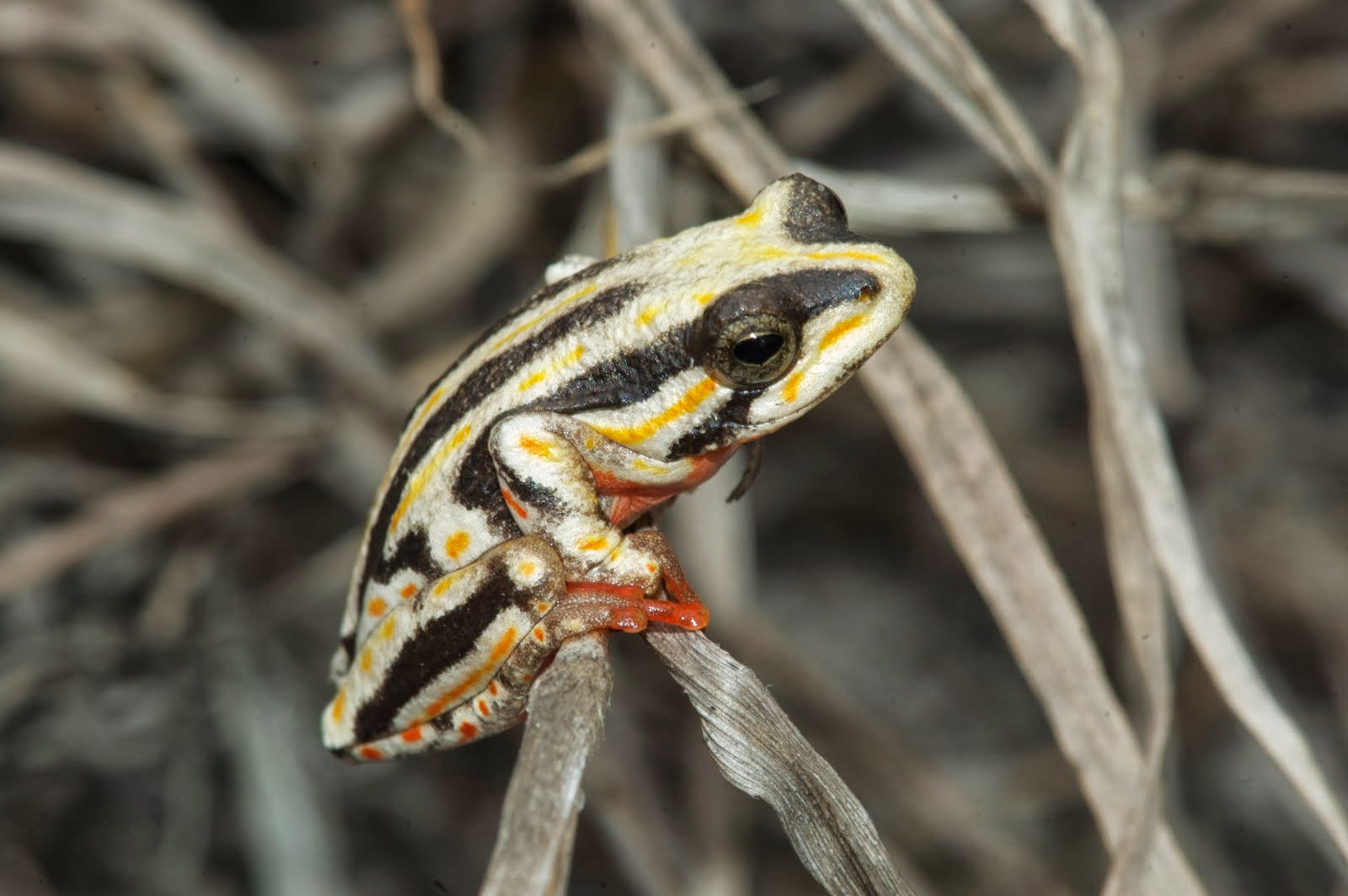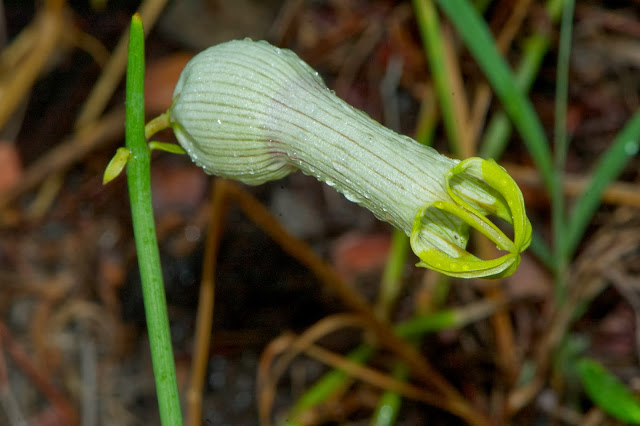Friday, March 21, 2014
Zimpeto fungi.
From Wikipedia "The Phallaceae are a family of fungi, commonly known as stinkhorn mushrooms. Belonging to the fungal order Phallales, the Phallaceae have a worldwide distribution, but are especially prevalent in tropical regions. They are known for their foul-smelling, sticky spore masses, or gleba, borne on the end of a stalk called the receptaculum."
Harpactira gigas, the common baboon spider found at Zimpeto forest.
It's so good to know that these can still be found in the greater Maputo city area. Our service learning is starting to generate worthwhile records. " Today Bioblitz was awesome, We found a baboon spider. Baboon spiders are related to Tarantulas, and they are the biggest spiders in Africa, so it was agreat discovery. After that we found the weirdest fungus, a mushroom with no hat. It's shape was just like a little stick. I had so much fun, I can't wait for next time!" (Cybelle Anzar).
Wednesday, March 12, 2014
By Daniel de Beer
This service learning project "leaves a lasting impact on our world because many years from now people will be able to go online and see the records we have made. This can help them make decisions on how to conserve the wildlife."
Comment by Seungmin Moon
"This was my first service learning project and I think I made the right choice...I felt that I should protect our beautiful nature by taking photos and insisting that the creatures are being endangered."
Spectacular aposematic catterpillar.
Comment by Matthew Cragie Stevenson. "Bioblitz is very useful, we can collect data about the different animals, insects etc, then in the future when the places we explore are gone we can help the scientists with their research."
Thursday, October 10, 2013
Magnificent "Khaya"
The timber of Khaya is called African mahogany, the only timber widely accepted as Mahogany besides that of the true mahogany, of the genus Swietenia.
Dicerocaryum eriocarpum (devils thorn)
All parts of the plant contain saponins and are markedly soapy and slimy. If crushed plants are left in water overnight, the resultant mucilage is a useful substitute for soap and shampoo. The root is peeled, dried, and powdered together with the dried fruit of Swartzia madagascariensis, which is used as a fish poison. This mixture is applied to the arrow (presumably with a plant sap adhesive). (Van Wyk & Gericke, 2000)
Root decoctions have been used as a remedy for kidney pain and hydrocoele, and whole plant infusions are taken for constipation. A powdered root is taken orally in porridge for abdominal pain. A leaf infusion is used as a body wash in measles, and a root decoction is taken orally at the same time. (Van Wyk & Gericke, 2000) This awesome plant can be used as a soap in the bush
Root decoctions have been used as a remedy for kidney pain and hydrocoele, and whole plant infusions are taken for constipation. A powdered root is taken orally in porridge for abdominal pain. A leaf infusion is used as a body wash in measles, and a root decoction is taken orally at the same time. (Van Wyk & Gericke, 2000) This awesome plant can be used as a soap in the bush
A variety of Zimpeto plants and fungi
Asclepia
Ceropegia ampliata (bushmans pipe) The "flynapper".It has a unique method of pollination. The tubular 2½ inch flowers are lined inside with downward pointing hairs that temporarily trap insects. They are then released the next day covered with pollen.
Custard apple family Annonaceae.
Ceropegia ampliata (bushmans pipe) The "flynapper".It has a unique method of pollination. The tubular 2½ inch flowers are lined inside with downward pointing hairs that temporarily trap insects. They are then released the next day covered with pollen.
Custard apple family Annonaceae.
An assortment of Zimpeto invertebrates
Super stripey eyed mantid
Day flying moth Arctiidae
Syrphid fly above
Sleepy wasps
Ozarba heliastis (sunny ozarba) above
Paralacydes arborifera (Branched ermine) above
Amazing fly
Day flying moth Arctiidae
Syrphid fly above
Sleepy wasps
Ozarba heliastis (sunny ozarba) above
Paralacydes arborifera (Branched ermine) above
Amazing fly
Subscribe to:
Posts (Atom)

























































